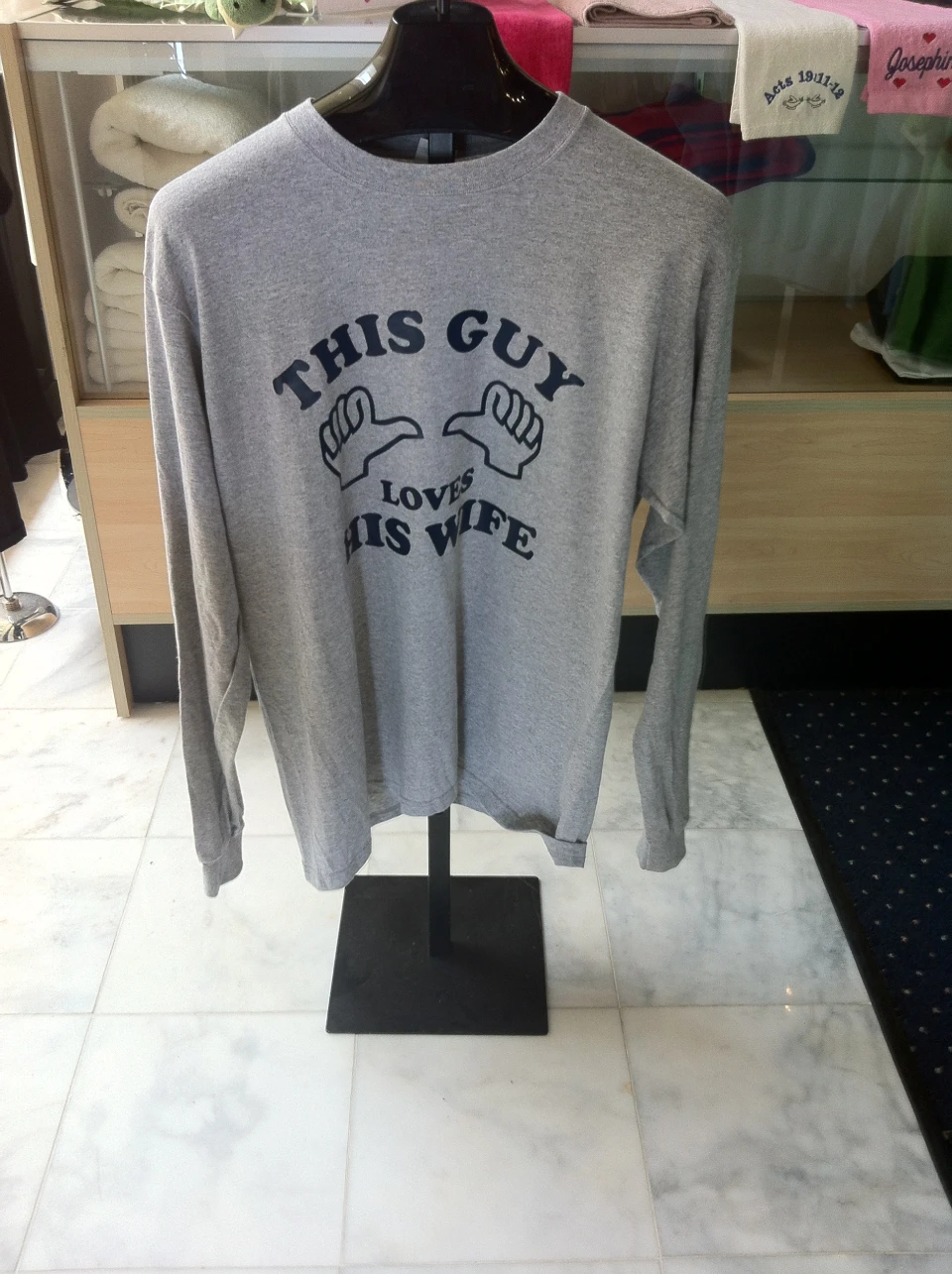Professional Screen Printing Solutions for T-Shirts, Aprons, and A lot more
The Art of Customized Needlework: Opening the Tricks to Creating Distinct and Remarkable Styles
The secrets to producing custom-made needlework styles that astound the eye and leave a long-term impact lie in a fragile equilibrium of strategy, creativity, and attention to detail. As we delve into the globe of custom embroidery, we uncover the nuanced interaction in between string option, sew intricacy, and style customization that raises a simple garment to a work of art.
Selecting the Right Embroidery Threads
When selecting needlework threads, what key variables should you think about to guarantee the most effective outcomes for your customized layouts? The option of embroidery string is crucial in establishing the last result of your embroidered design. Among the main considerations is the product of the thread. Various materials such as cotton, polyester, rayon, and silk offer varying levels of luster, toughness, and structure. It is vital to select a thread product that matches the textile you are embroidering on and straightens with the preferred appearance of the design.
Furthermore, the weight or thickness of the string plays a considerable role in the look of the needlework. Thicker strings can add dimension and appearance to your layout, while finer threads are excellent for intricate details and little message. Additionally, thinking about the color fastness and washability of the string is essential to make sure that your personalized designs maintain their quality and vibrancy in time. By thoroughly reviewing these elements and choosing high-quality strings that satisfy your specific demands, you can boost the visual charm and long life of your stitched productions.
Checking Out Different Stitch Methods
To explore the world of 'Exploring Different Stitch Techniques', one should realize the details and subtleties that each sewing approach gives the art of embroidery. Different stitch techniques not just include aesthetic passion yet additionally add to the general structure and dimension of the layout. One preferred stitch strategy is the satin stitch, which entails very closely stuffed parallel stitches to develop a smooth and glossy surface area, ideal for filling in forms and developing vibrant lays out.
On the various other hand, the backstitch is a flexible strategy typically utilized for laying out and including great information. It entails stitching backwards to produce a strong line of needlework. In addition, the French knot stitch includes a responsive aspect to layouts, excellent for developing distinctive accents like flower centers or ornamental touches.
Checking out different stitch methods enables embroiderers to play with light, shadow, and depth within their styles, raising the aesthetic charm and imaginative quality of their embroidery tasks. By grasping various stitching techniques, one can open countless possibilities for producing one-of-a-kind and unforgettable custom needlework items.
Incorporating Personalized Design Aspects
Having actually checked out the details of different stitch methods such as the satin stitch, backstitch, and French knot, the emphasis now shifts towards integrating customized layout aspects in custom needlework projects. Customized layout elements play a critical function in making needlework projects really one-of-a-kind and memorable. One method to incorporate personalization is by including initials, names, or significant dates to the style. This not just adds an individualized touch yet also enhances the emotional worth of the embroidery piece.
An additional way to incorporate customized style aspects is by consisting of icons or motifs that hold unique definition to the recipient or show their passions and individuality. For instance, incorporating a favorite flower, animal, or hobby-related symbol can make the embroidery design much more significant and individualized. Furthermore, choosing shades that reverberate with the recipient or line up with the designated theme can further enhance the customization of the needlework job.
Grasping the Art of Shade Control
One key facet of shade coordination is comprehending color concept. This consists of knowing just how different shades engage with each other, the feelings they share, and exactly how they can be incorporated to develop visually appealing designs. By applying color concept concepts, embroiderers can produce harmonious shade palettes that improve the total appearance of the design.
In addition, taking notice of contrast is essential in shade sychronisation. Utilizing contrasting shades can help certain elements of the style pop, enhance clarity, and create an aesthetically vibrant embroidery piece. By mastering the art site link of shade control, embroiderers can boost their styles and create remarkable pieces that reverberate with clients and customers alike.
Enhancing Texture With Advanced Embroidery Stitches

French knots, as an example, are best for including little, raised dots to your layout, simulating the look of grains or developing a distinctive surface. Bullion knots, on the other hand, can be used to produce twisted, ropelike elements that check out this site add an extravagant feel to the needlework. Seed sewing includes little, scattered stitches that can load in areas with a polychromatic structure, while turkey job develops fluffy, dimensional accents reminiscent of animal hair or vegetation. Experimenting with these innovative needlework stitches enables you to press the borders of conventional embroidery and produce genuinely one-of-a-kind and visually appealing textures in your designs.
Verdict
To conclude, the art of custom embroidery includes a mix of selecting the best pants taylor threads, discovering different stitch techniques, incorporating tailored style components, grasping color coordination, and boosting structure with sophisticated stitches. By recognizing and applying these essential components, embroiderers can create one-of-a-kind and remarkable designs that display their creativity and ability. Embroidery enthusiasts can unlock the secrets to creating attractive and bespoke items that attract attention and leave a long lasting perception.